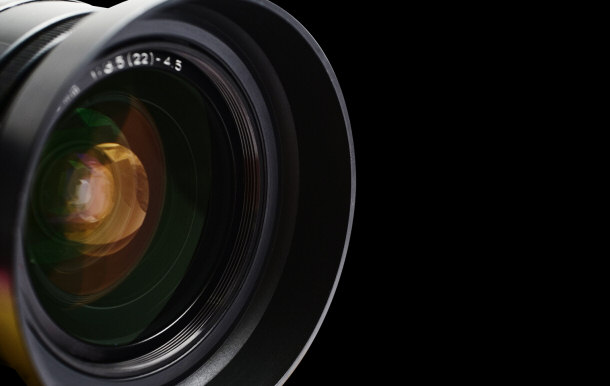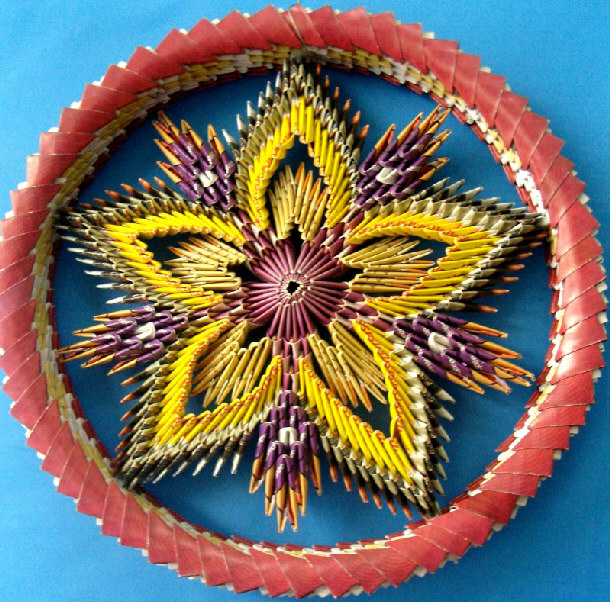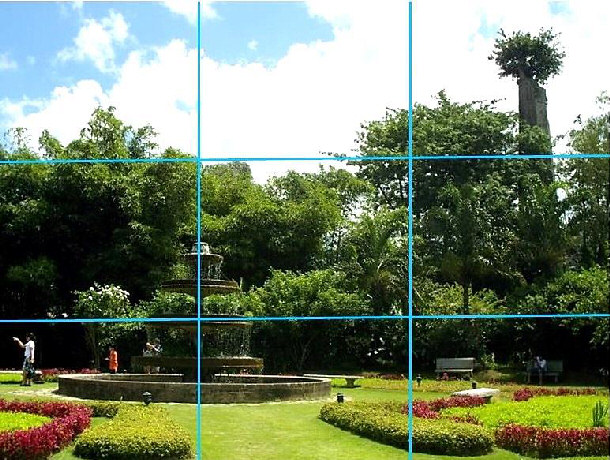8 Photographic Compositions an Amateur Can Try
 Why do we take pictures? Whether it is for a hobby or for promotions, we
generally take photos for others to see. Did you ever wonder why some friends’
photos get a thousand hits and yours only get a handful? It is absolutely not
about the camera you brag about but your composition of pictures. Remember that
when you take photos, you should be able to produce something others consider to
be worth seeing. There is no single standard of what is right in photography,
but there are techniques that can make your photos stand out. Why do we take pictures? Whether it is for a hobby or for promotions, we
generally take photos for others to see. Did you ever wonder why some friends’
photos get a thousand hits and yours only get a handful? It is absolutely not
about the camera you brag about but your composition of pictures. Remember that
when you take photos, you should be able to produce something others consider to
be worth seeing. There is no single standard of what is right in photography,
but there are techniques that can make your photos stand out.
What is Photo Composition?
Photo composition is the arrangement of elements that makes the resulting
images valuable works of art. It is organizing the position of these elements in
your camera frame that adheres to the more popular artistic principles. Its
purpose is to capture subjects that are visually compelling for people to see.

Essentially, it means that when you take photos, it is not about seeing
something great that triggers pressing the shutter, but how you shoot them. Poor
photo composition skills can spoil even the most beautiful subject one can find.
In contrast, great compositions can make great images out of the most ordinary
subjects.
How to Take Great Pictures
 Generally speaking, taking a photo is easy. With modern cameras, all it takes
is a press on the shutter. What is essential, however, in taking excellent shot
at a chosen subject is composition. With an interesting subject, the
photographer is challenged to put together elements like lighting and framing
styles to produce great photos. Every photographer sees things differently. This
means that even when given a single subject, they would usually produce
compelling shots with distinct angles and styles. Generally speaking, taking a photo is easy. With modern cameras, all it takes
is a press on the shutter. What is essential, however, in taking excellent shot
at a chosen subject is composition. With an interesting subject, the
photographer is challenged to put together elements like lighting and framing
styles to produce great photos. Every photographer sees things differently. This
means that even when given a single subject, they would usually produce
compelling shots with distinct angles and styles.
You don’t have to be a professional to take great photos. Here are the basic
rules even the most popular photographers employ:
1) Center of Interest. When taking photos, look for a subject you find
attractive. When you have finally decided which among the variety of things
around you want to focus on, frame it on your camera. Be sure, though, that your
subject is the only thing that stands out. This means that when someone sees
your picture, it is the first thing that can draw attention. With so much
clutter in your picture, your point of interest will be lost. Decide only on one
thing to stand out. If it’s just so impossible to isolate your subject from its
background, make use of the control called depth of field to blur the background
and make your subject the only thing that’s visible.

2) Framing. Another type of photo composition, framing, is taking a picture
with your subject placed behind a structure that makes viewers imagine where you
are when it was taken. It is putting something like leaves or branches or even
window frames as foreground leading to the subject of the photo. Taken from its
name, subjects look like they were enclosed, partly or fully. The bricks on this
picture were used as a frame. It is wise to remember that frames should not be
too distinct to draw attention away from the subject, making it a distraction.

3) Direction of Movement. When taking a picture of a moving subject, it is
best to leave a space to where it is heading. This is called “the active space.”
This technique caters to a quite instinctive act of viewers to move eyes
naturally to the direction where your subject is moving to. Consequently, it
helps add drama and anticipation in your shot.

 4) Contrast. A light colored subject placed against a darker background or
vice versa creates an impact. The most popular kind of this makes use of black
and white colors. The moon and the star against the sky tells us that the two
are the only things that shine in a wide darkness. 4) Contrast. A light colored subject placed against a darker background or
vice versa creates an impact. The most popular kind of this makes use of black
and white colors. The moon and the star against the sky tells us that the two
are the only things that shine in a wide darkness.
5) Balance. Can be considered symmetric or asymmetric, placing the subject
off the center of the frame creates greater impact. This can be done by
balancing an off-center subject with other minor subjects or images. Here, the
rocks on the left occupy almost the same amount of space as the water and the
sand.

6) Viewpoint.
Taking photos of subjects directly at eye level can be good,
but snapping images from a different angle is better. When composing photograph
following viewpoint, you can move the camera up, down, or on any side of your
subject. Taking photos and conveying meaning from a different perspective gives
your images an interesting twist. Here, a century-old lighthouse was
photographed from below.

7) Lines and Diagonals. When lines or shapes are captured leading to
different directions, intersecting at some point or from different viewpoints,
they create a sense of action. When the linear elements are repeated, it creates
effective patterns that are eye-catching. Here, a round staircase, photographed
from below, creates a curving image of intersecting lines and rectangles in a
straight bar.

8) The Rule of Thirds. Perhaps the most popular photographic composition
style, this is based on the fact the eyes would easily noticed images placed
about two-thirds up or down the page. This can be done by creating imaginary
lines that divides the frame into nine equal squares. A subject can be put along
the intersection of these lines. Most digital cameras have this function, making
it easier to compose a more dramatic image. Here, the fountain was placed on the
two-third intersections on the lower left.

Final Clicking Tips:
There is no specific “right” or “wrong” when taking photos as there are
endless ways to snap an interesting subject. Whether you are having the most
simple or hi-tech camera, you need the knowledge on photographic compositions to
capture images interesting enough for people to look at. An excellent
photographer can make or break rules creatively to produce pictures worthy to be
considered works of art.
Photography
Taking Pictures With 24mm (or less) Lenses
How To Get A Wider View With Fisheye Lenses
How To Take Pictures In Infrared
8 Photographic Compositions an Amateur Can Try
Beginners’ Guide to Taking Photos |